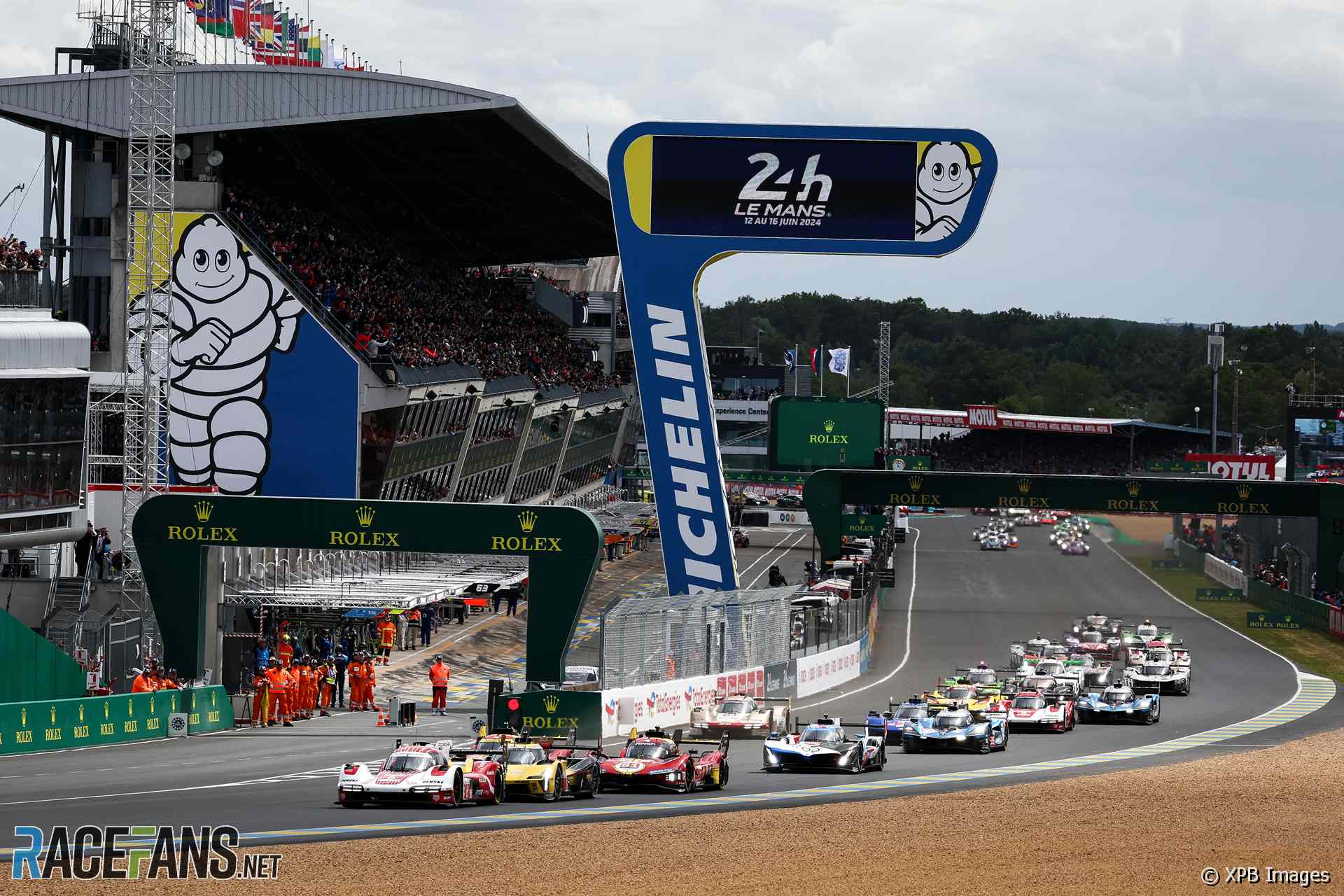Right now, one of this year’s biggest races is heading into what is hopefully a thrilling final chapter.
The 2024 edition of the Le Mans 24 Hours has been shaping up to be one for the ages with many of the 23 hypercar entries realistically in contention for overall victory heading into the weekend.
Despite a slow start to the hypercar era, where just five cars competed in the category the first time it raced at Le Mans in 2021, it has grown to become the most well-represented top class that the world famous endurance race has seen for decades.
Unlike the previous LMP1 class, which was dominated by Audi, Porsche, then Toyota once the German manufacturers departed, several teams can potentially be in the fight for victory in hypercar this year. The three opening rounds of the championship this year have seen three different teams on top of the podium – Penske Porsche, Toyota and Jota Porsche – with Ferrari, Cadillac, Alpine and BMW represented in the first three rows of this weekend’s race. At time of writing – before the race starts – any one of these teams could be considered as having a shot at victory.
This unprecedented level of competition can be explained by one critical factor: Balance of Performance (BoP). Although manufacturers of LMH hypercars have freedom to design their chassis and aerodynamics – as opposed to LMDh hypercars also eligible for Le Mans but focused on the IMSA sportscar championship and its marquee Daytona 24 Hours endurance race – the governing body make active adjustments to the allowed parameters that each car can run to, mainly when it comes to car weight or power output.
The FIA insists BoP is not intended to try and punish those who achieve success in hypercar or to give a leg-up to teams or cars that are notably off the pace, but instead about equalising the potential performance of a car. The same philosophy has also been applied to the GT3 class for many years, long before it became the official category for GT racing in the World Endurance Championship.
Naturally, the system is controversial. Last year, Toyota won every round of last year’s WEC but one – the Le Mans 24 Hours – following BoP adjustments brought in after the race at Spa-Francorchamps. This came after the series organisers originally promised BoP would remain untouched between the start of the championship and Le Mans. Instead, Ferrari took pole position and ultimately prevailed to win the race on their return to Le Mans, much…
Click Here to Read the Full Original Article at RaceFans…

